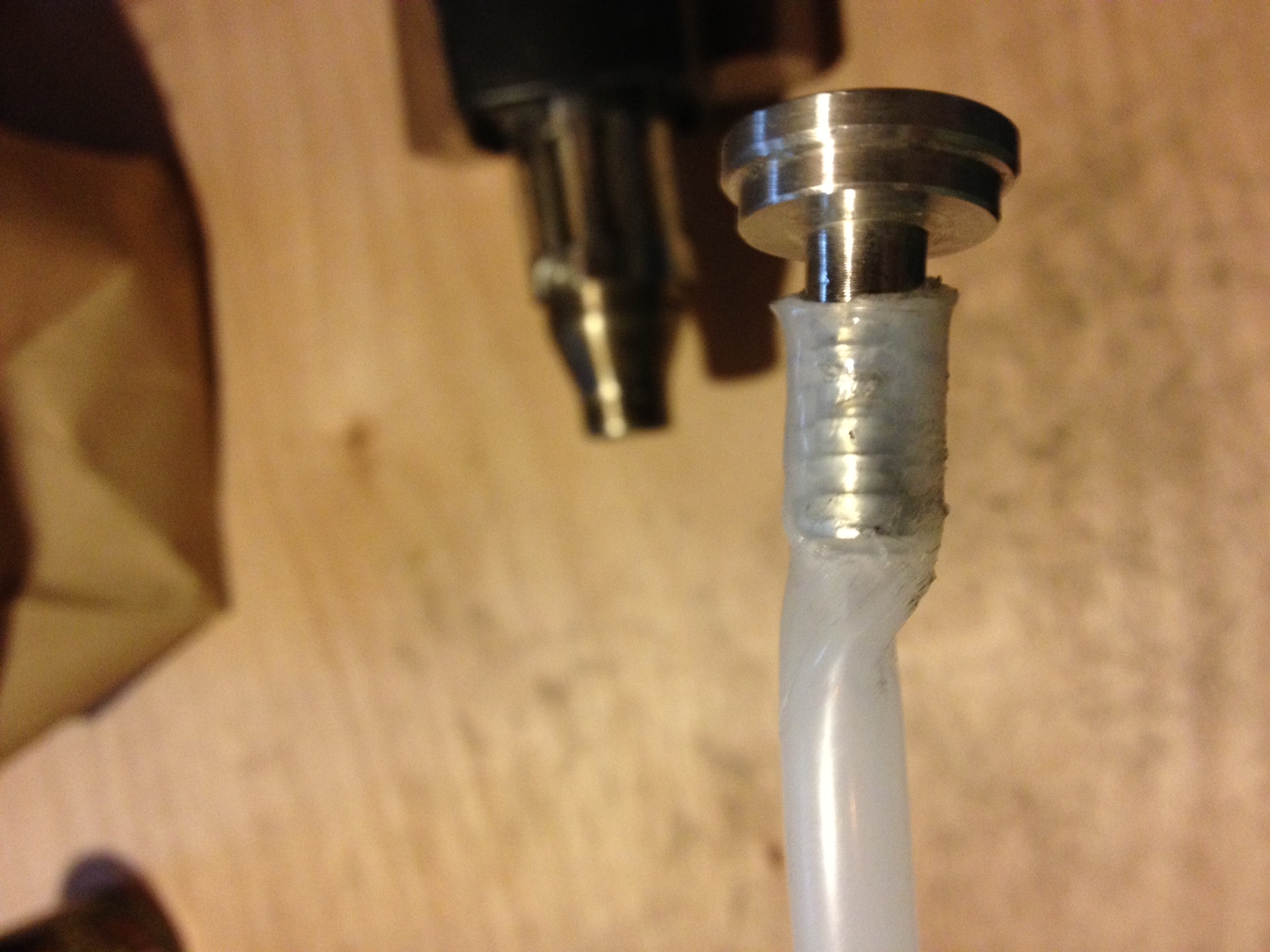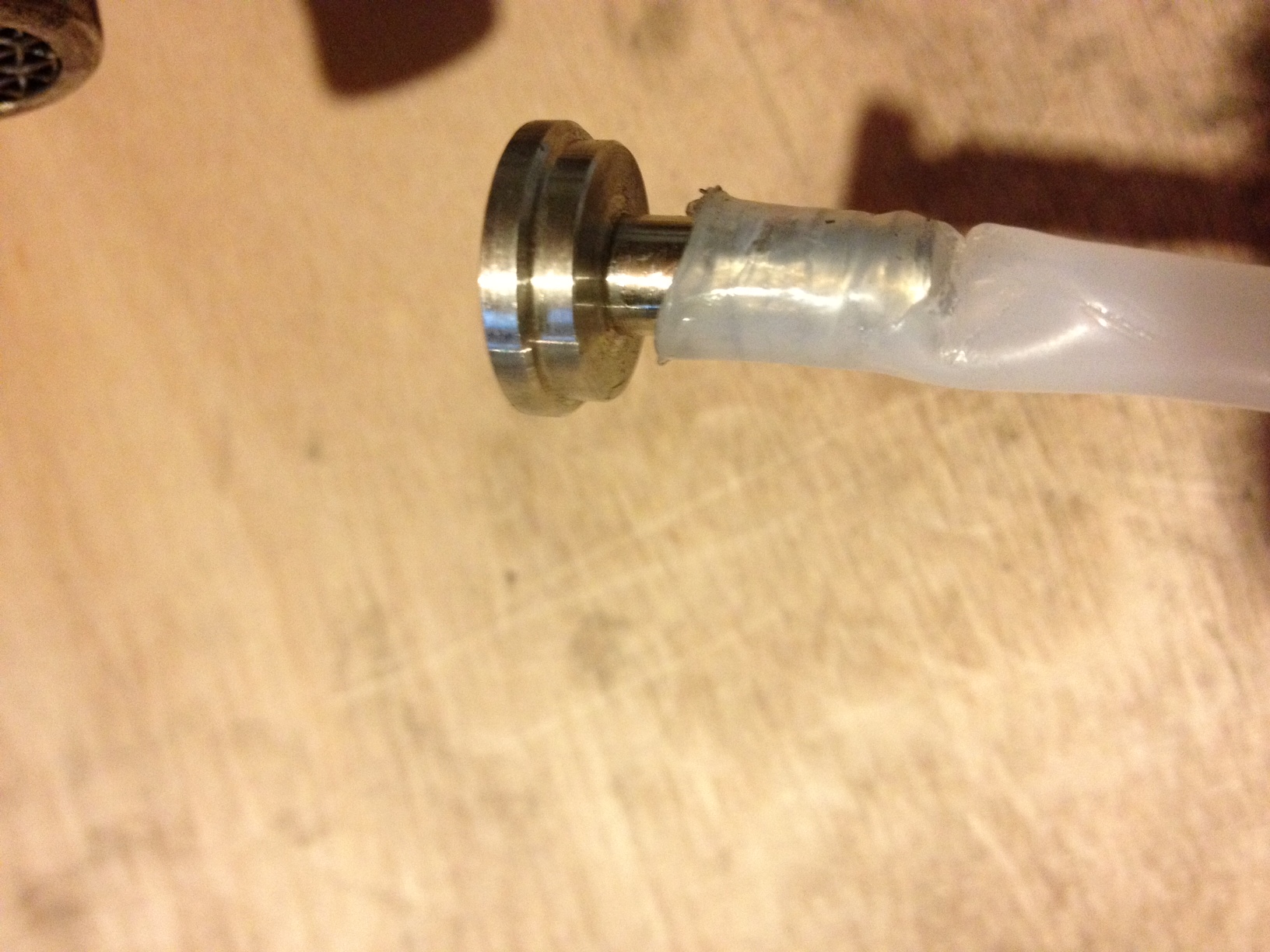amishland
Well-Known Member
I am trying to squeeze the 3/16" PET lined hose onto a 1/4" hose barb.
I have searched and read the forums and folks say the following
use a heat gun on low to soften tube
use needle nose pliers to stretch the opening
once you get the tip in bang it on a table or push using a wall
bang it on a table or push using a wall
Now none of these are very easy but I have managed to get my barb almost entirely on.
Unfortunately I am not all the way on, and I feel like I have mangled the hose so badly that i now have a few thin spots and what may result in a weird restriction.
Can the experts please chime in with some more tips, pics, or ideas. I just feel like I am doing this wrong. See two pics below


I have searched and read the forums and folks say the following
use a heat gun on low to soften tube
use needle nose pliers to stretch the opening
once you get the tip in
Now none of these are very easy but I have managed to get my barb almost entirely on.
Unfortunately I am not all the way on, and I feel like I have mangled the hose so badly that i now have a few thin spots and what may result in a weird restriction.
Can the experts please chime in with some more tips, pics, or ideas. I just feel like I am doing this wrong. See two pics below





